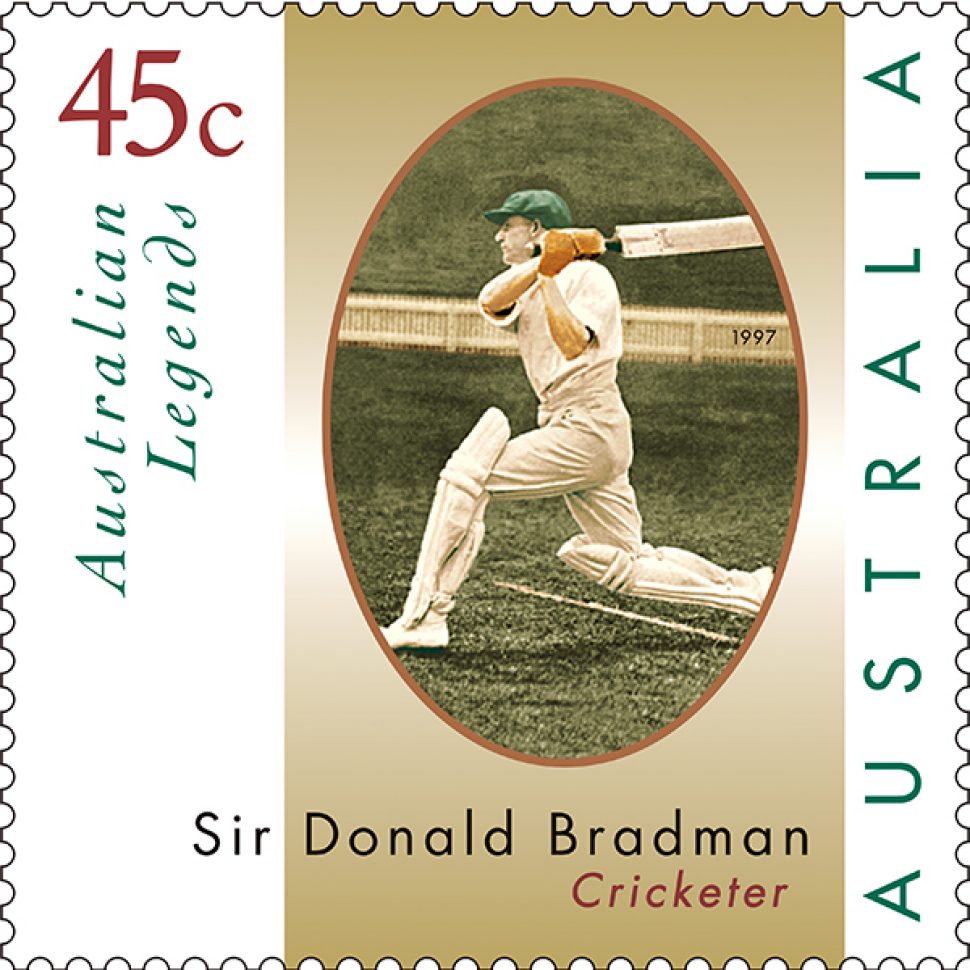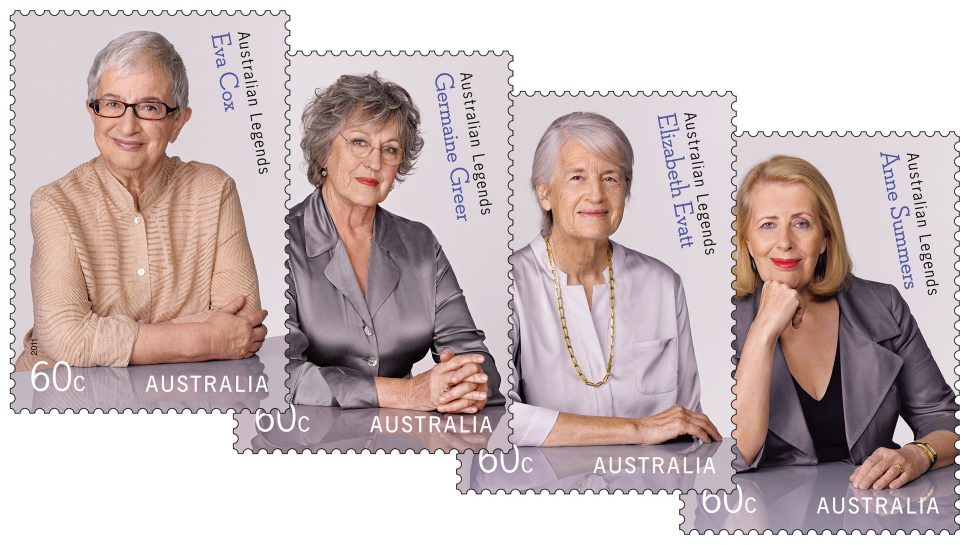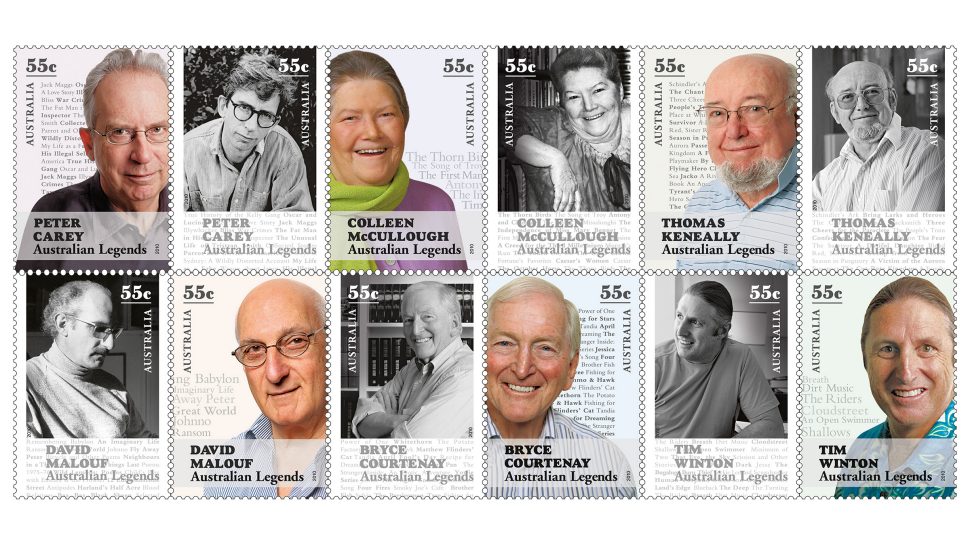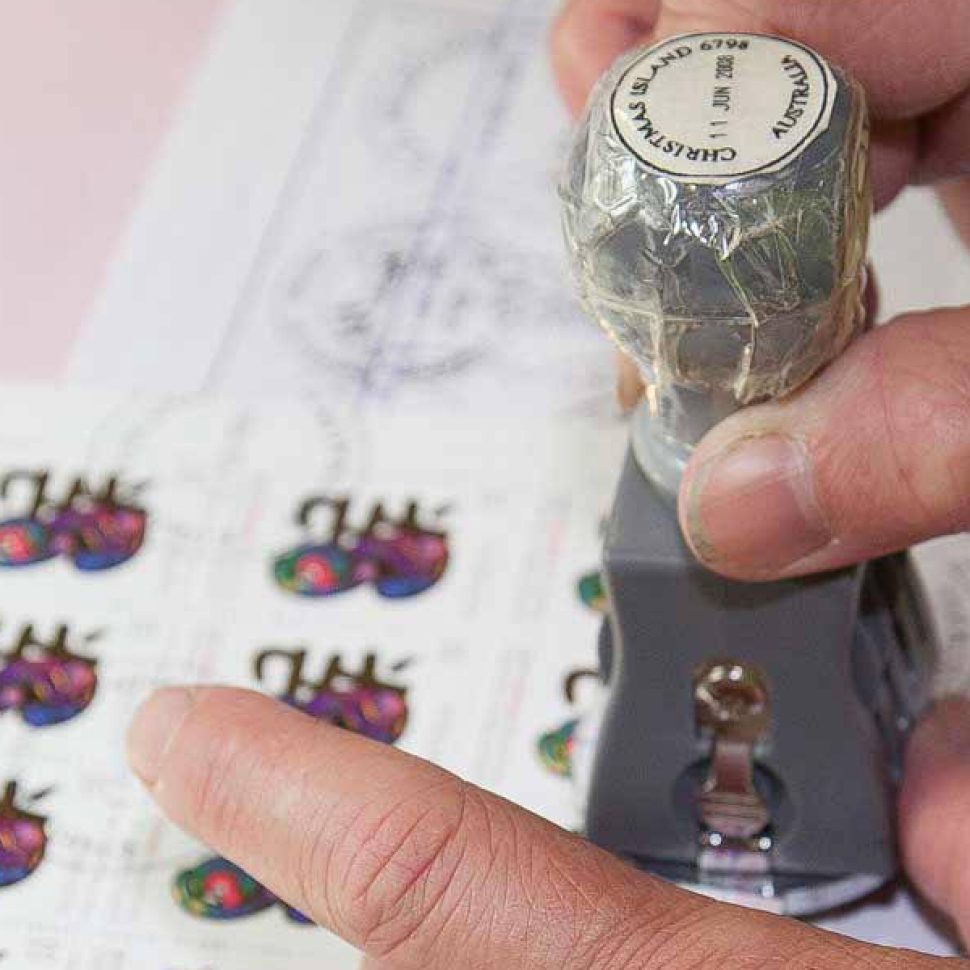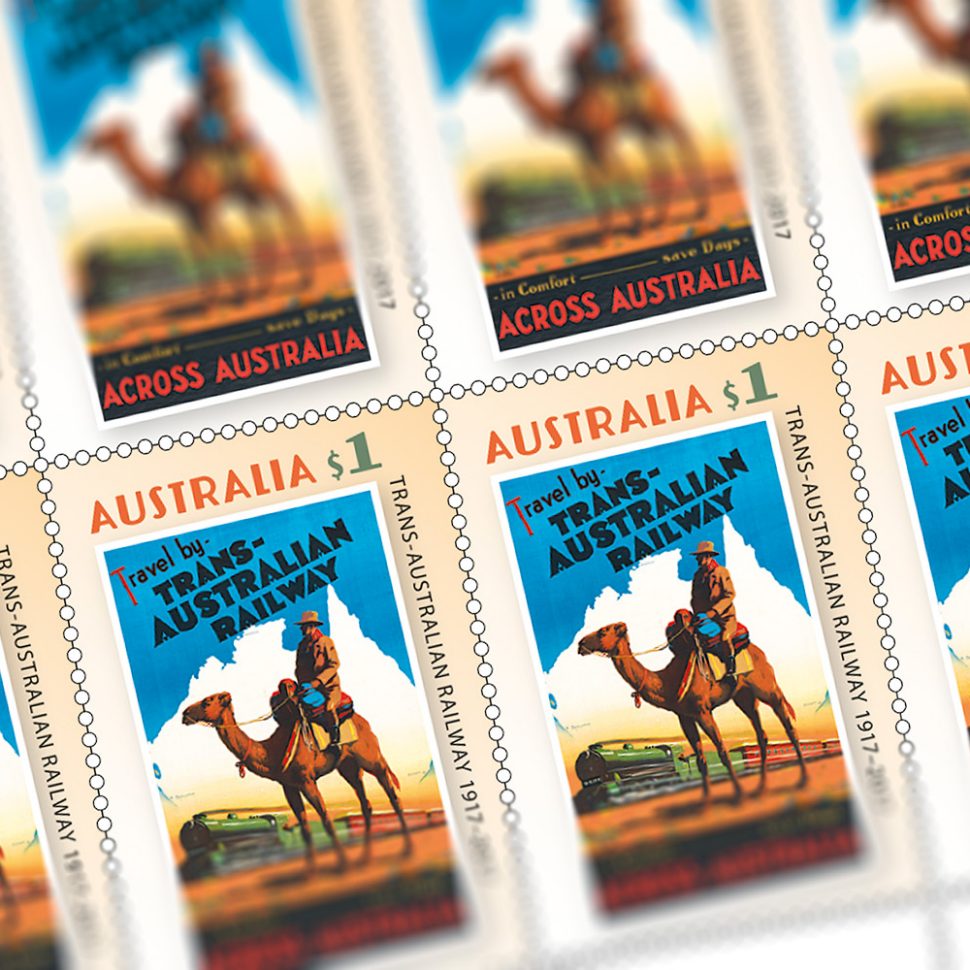In 2016, the Australia Post Australian Legends Awards turns twenty. Over the past two decades, to coincide with Australia Day, the legends have been honoured with the release of the Australian Legends commemorative stamp issue.
The honourees have been selected for making a significant contribution to the Australian way of life and shaping society for the better.
Shining a light on individual achievement
Sir Donald Bradman
The inaugural Australian Legends stamp featured the first living person, aside from the ruling Monarch, on an Australian postage stamp. That person was Sir Donald Bradman, Australian cricketing royalty.
Sport has continued to feature consistently since, which is hardly surprising considering that it is a central part of Australian culture. However, the Australian Legends stamp series has also played a role in bringing greater public recognition to those who do not always receive the widespread kudos they deserve.
The 2002 Australian Legends issue, Medical Scientists, featured haematologist Professor Donald Metcalf, microbiologist Professor Nancy Mills, immunologists Sir Gustav Nossal and Professor Peter C. Doherty, and epidemiologist Professor Fiona Stanley, whose achievements are immense if not always known to the general public.
In 2008, the Australian Legends of Philanthropy were announced as Dame Elisabeth Murdoch, Victor and Loti Smorgon, Lady Mary Fairfax and Frank Lowy. And in 2011, writers Eva Cox, Germaine Greer and Anne Summers, as well as lawyer Elizabeth Evatt, were honoured for their role in advancing the equality of women.
The series has also attempted to bring breadth and depth to the themes presented. This is both in terms of spreading those honoured across sport, the arts, science, popular culture and more, as well as within each individual issue.
For example, for the 2012 Australian Legends of Football, players were selected in a way that highlighted all main football codes and players at various stages in their career. Similarly, in the 2010 Australian Legends of the Written Word issue, Peter Carey, David Malouf, Colleen McCullough, Bryce Courtenay, Thomas Keneally and Tim Winton represented both literary and popular fiction in various genres.
Groups, individuals and stand-alones
Throughout two decades of Australian Legends stamps, legends have been honoured in a variety of configurations. Sometimes, the legend has been one individual: Sir Donald Bradman in 1997, Arthur Boyd in 1999, Slim Dusty in 2001, Dame Joan Sutherland in 2004 and Barry Humphries in 2006.
However, in most cases, a selection of individuals has been honoured within a particular theme. For example, in the 2013 Legends of Australian Music issue, groups were honoured: Cold Chisel, Men at Work, INXS, the Seekers and AC/DC.
Capturing the legend
Some Australian Legends stamp issues have presented individuals in the present day, such as the 2005 Australian Legends: Fashion Designers issue or the 2014 Australian Legends of Cooking issue.
In others, the individuals are shown at the time they were immortalised into our consciousness. Sir Donald Bradman in the 1997 issue and the 1998 Australian Olympic Legends were shown during their record-breaking heyday.
In the 2000 Australian Legends: The Last Anzacs issue the last surviving Anzacs were pictured as young men, just prior to their departure for Gallipoli.
One stamp or two?
Sometimes more than one stamp has been used to delve deeper into the legend. This is a helpful story-telling device.
For example, in 2007 Legends of Australian Horse Racing, each legend was featured in a photographic portrait. A second stamp then highlighted each legend’s individual connection to racing: trainer Bart Cummings with the Melbourne Cup, race-caller John Tapp with his microphone and jockey Roy Higgins on his beloved horse, Light Fingers. In the 2010 Australian Legends of the Written Word issue, contemporary (colour) and earlier (black and white) photographs were used for each novelist. This helped to show the longevity of their careers.
And in the 2009 Legends of the Screen issue, each actor was featured in a photographic portrait as well as in a scene from an iconic movie.
Timing can be crucial
In one sense, timing of the Legends stamp series is always crucial, in that a person can only be honoured in this way while they are alive.
However, sometimes the timing of a particular legends theme is not really a concern, beyond considering whether a similar theme has been recently featured. In other issues, timing is everything. In 2015, the Legends were winners of the Victoria Cross, which tied in to one of the official themes of the Centenary of World War I – recognising a century of service.
Timing was relevant in a different way when we featured the last surviving diggers of World War I in the 2000 Australian Legends stamp issue. At the time, Roy Longmore, Walter Parker and Alec Campbell were aged 105, 105 and 100 respectively. In the 1998 the Australian Olympic Legends stamps were timed for the lead-up to the 2000 Sydney Olympic Games.
This article was produced at the time of publication and will not be updated.

